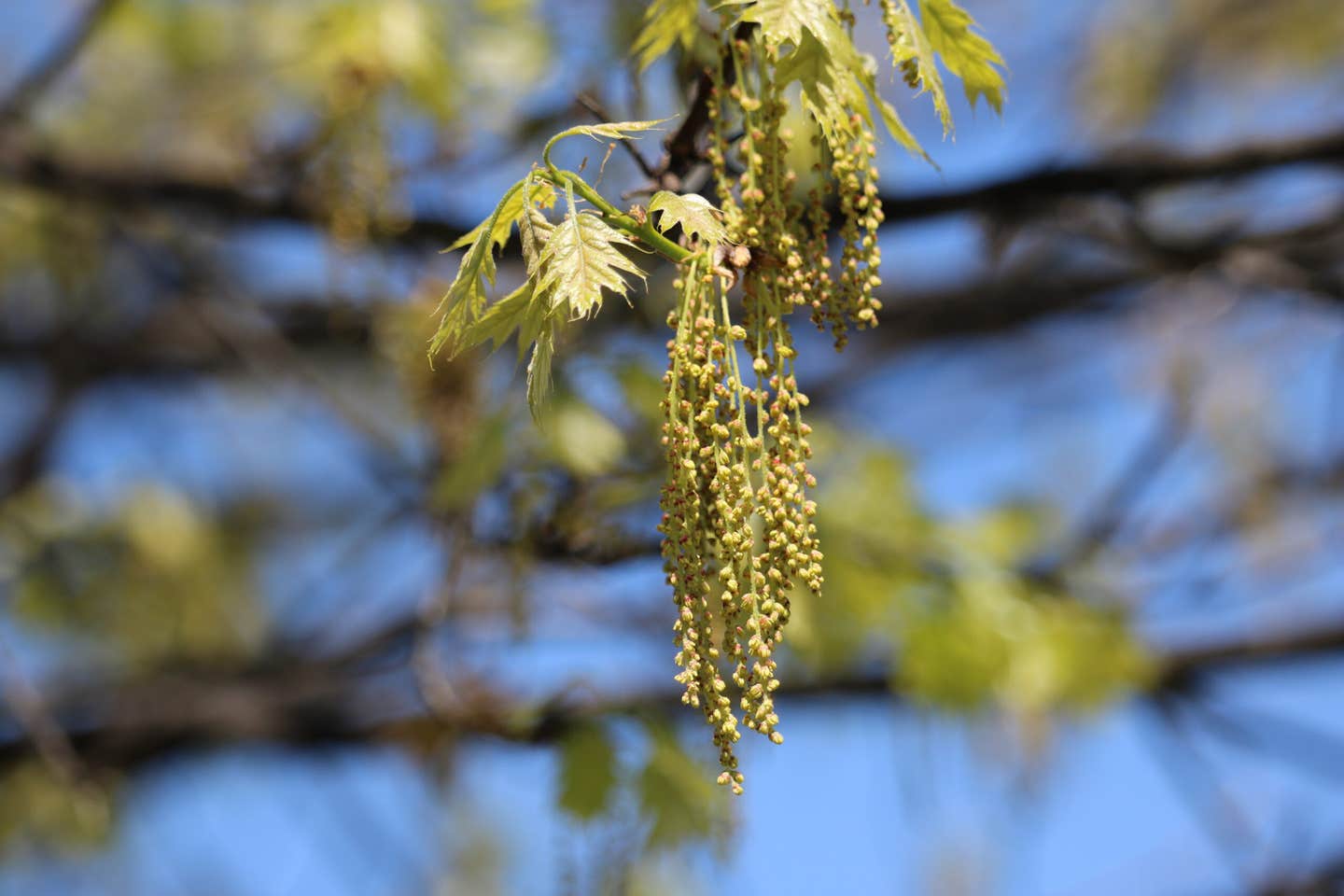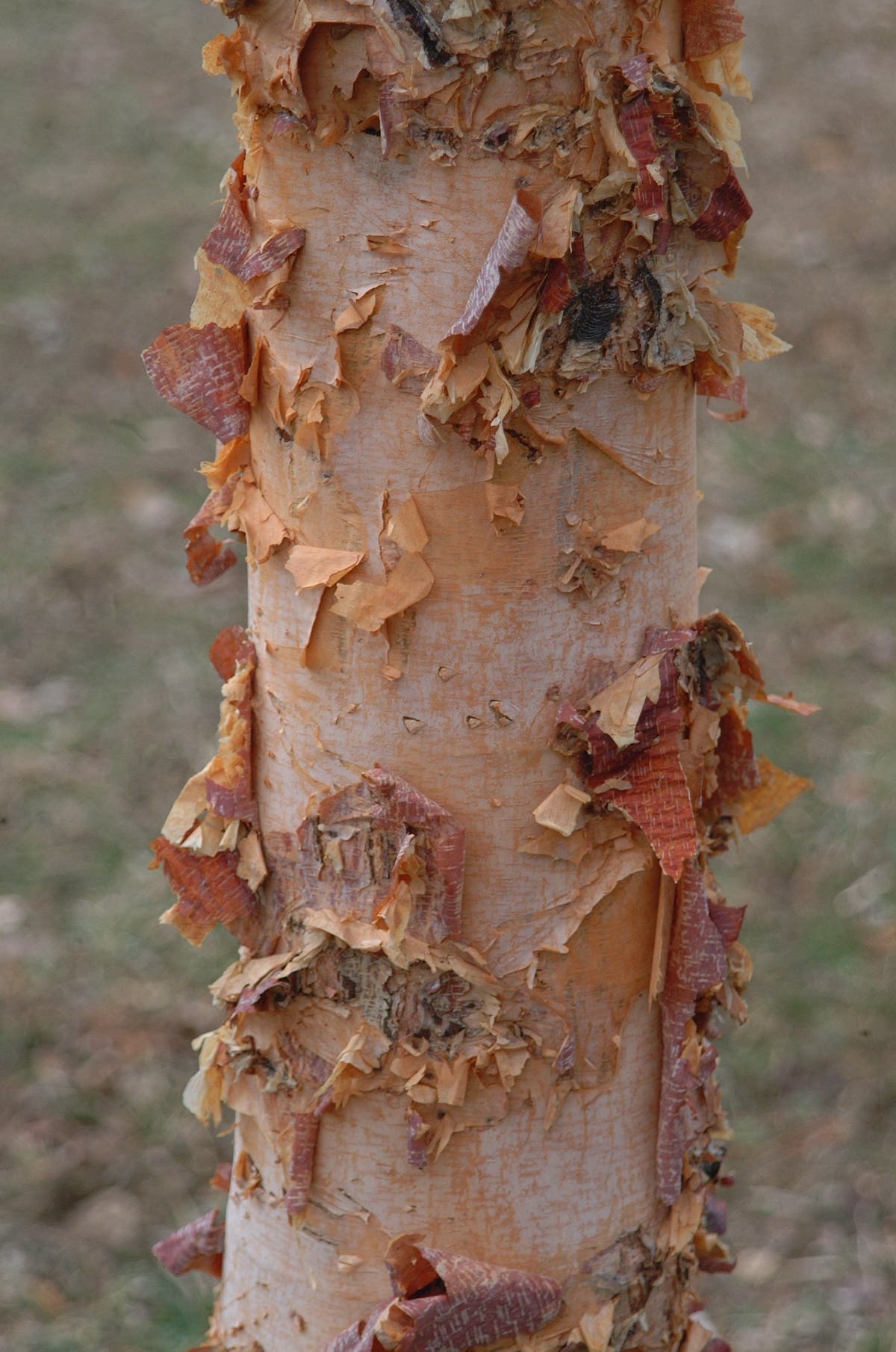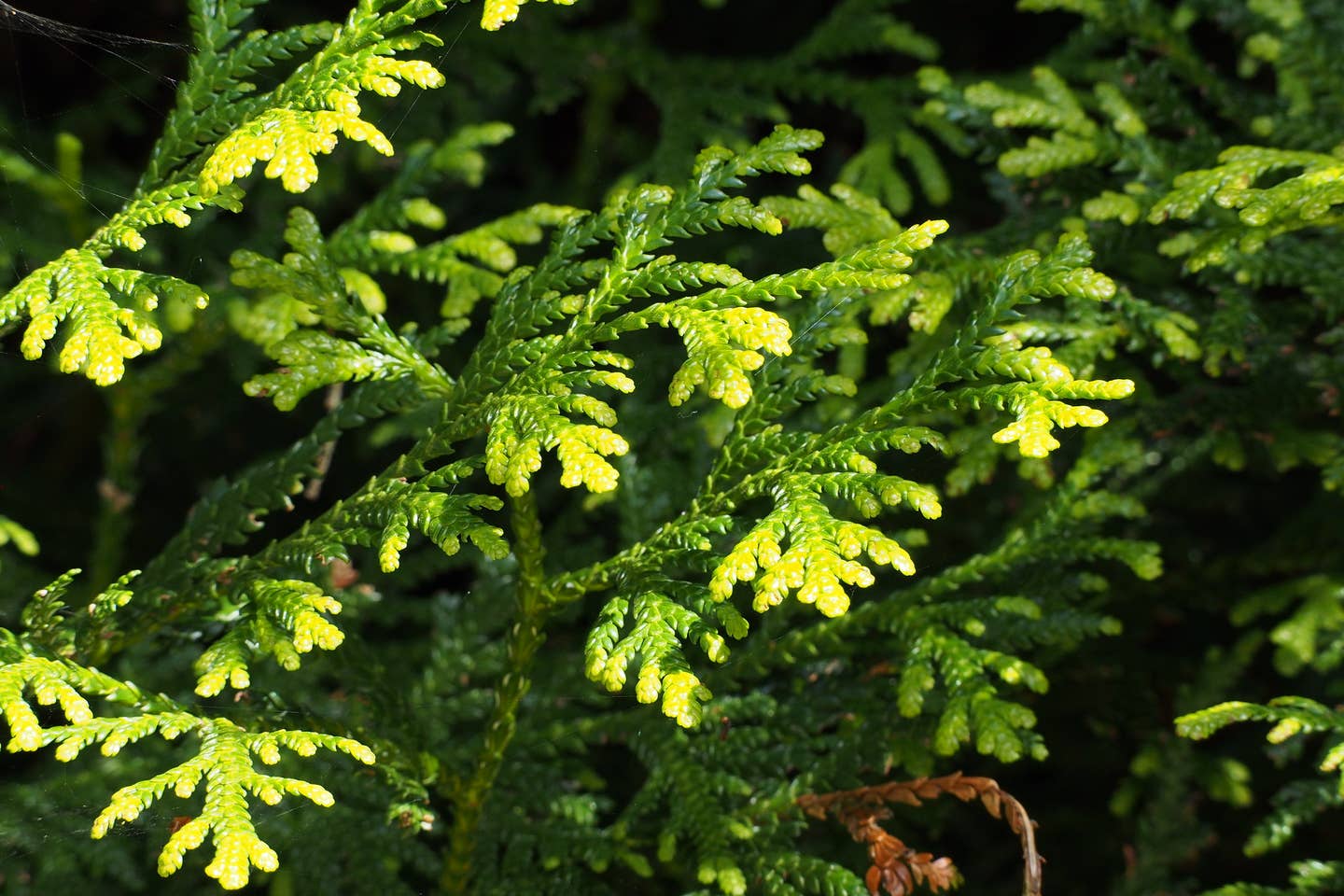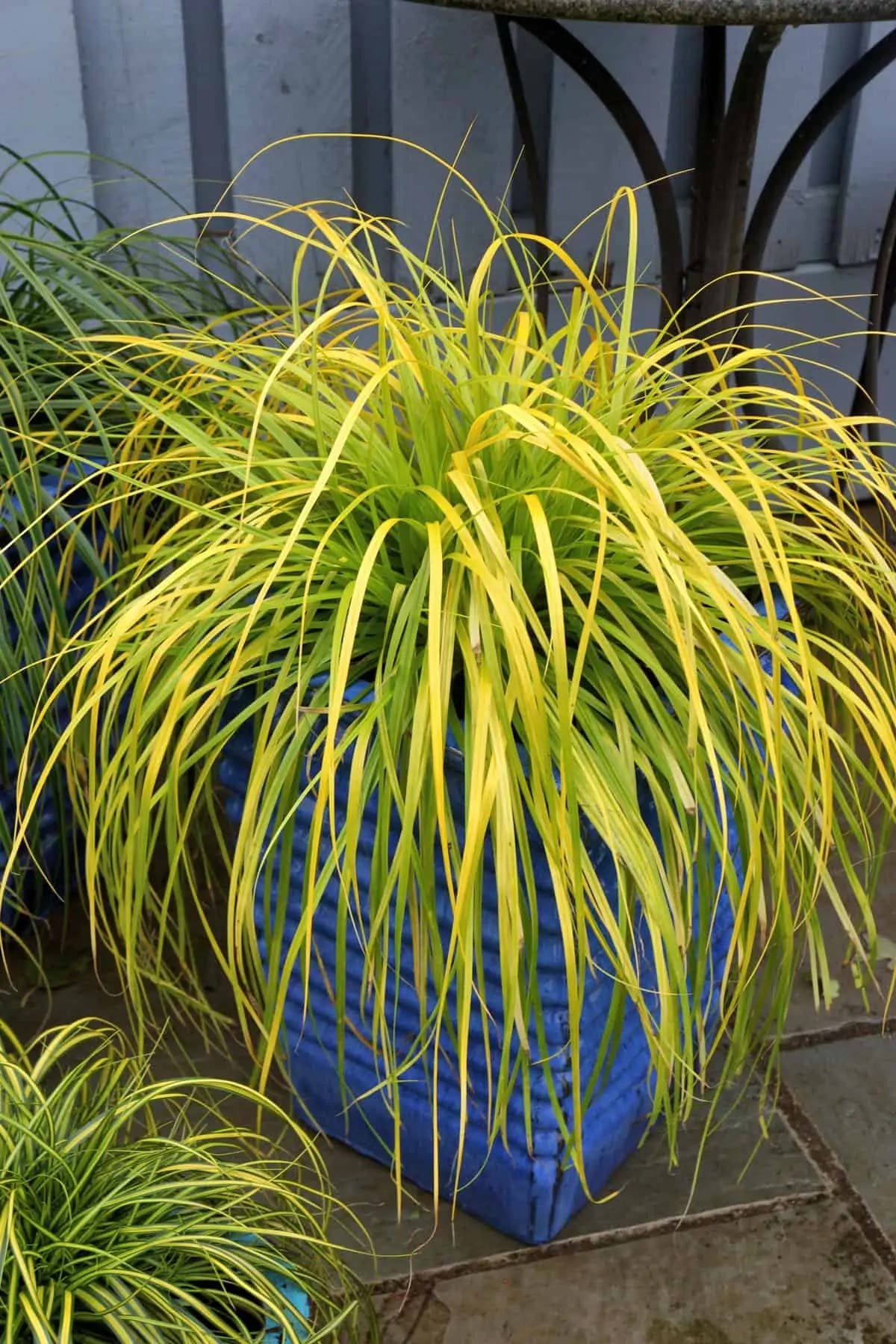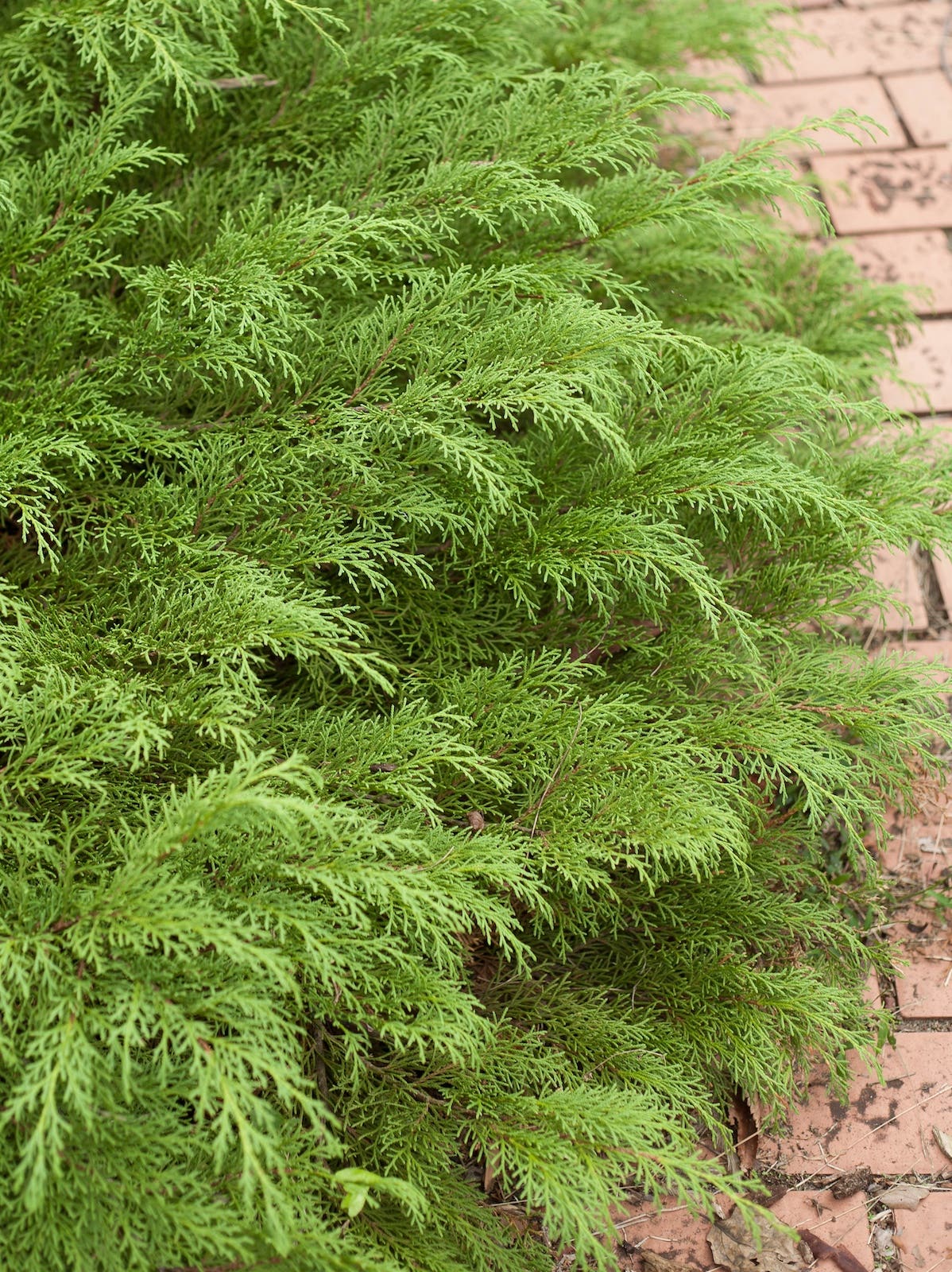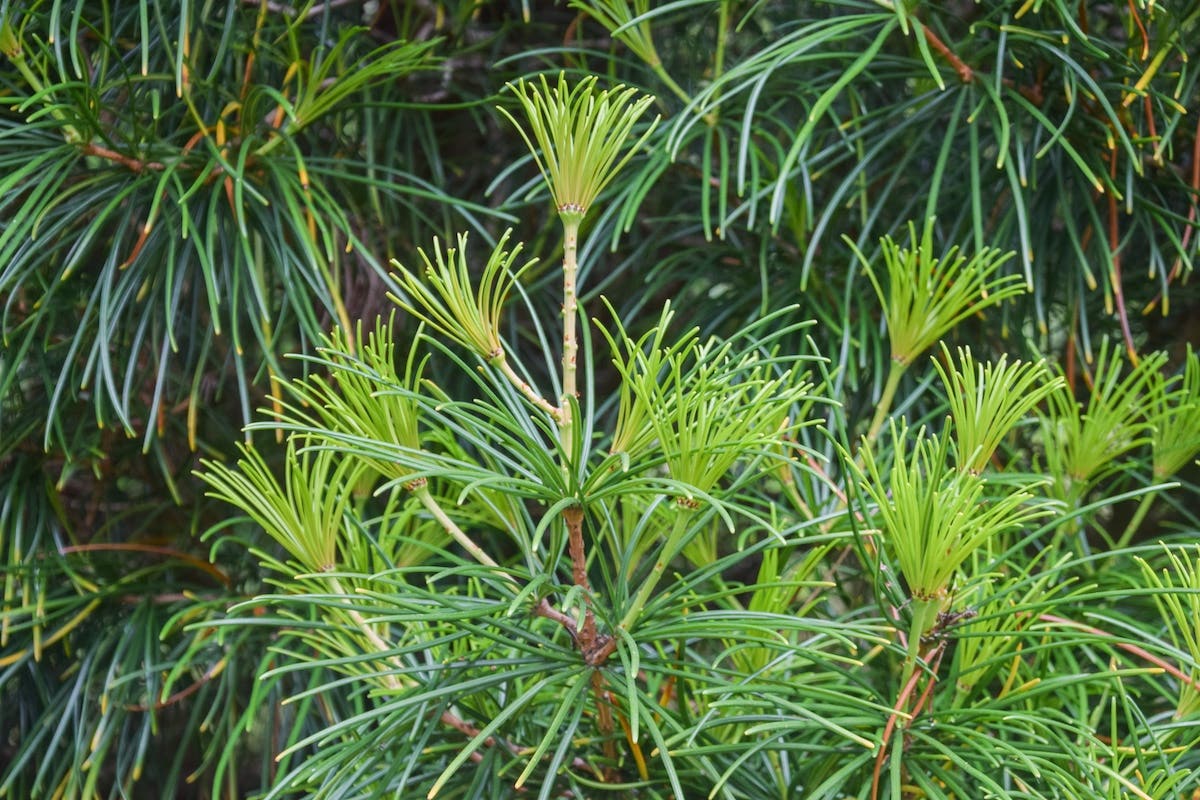Siberian Iris and Other Beardless Irises for the Garden
Explore three great iris types for the perennial border, cutting garden or shady space: Siberian iris, spuria iris and crested iris.
Beardless iris are diversely colorful flowers, and they’re good garden plants that play well with others. They’re also easier to grow and design with than bearded iris. I talked with several experts to learn about iris from the Siberian, spuria and crested classes for their advice on using and growing these kinds of iris. (Editor's note: This article first appeared in 2019.)
Siberian iris: colorful and carefree
I could hear the smile in Jan Sacks’s voice as she said, “We came around the corner of the house; she had half an acre of Siberian iris in full bloom. From that moment, we thought, that’s what we want in our own garden."
Jan was describing the 1982 visit to Bee Warburton’s garden that started her and her husband, Marty Schafer, off on their adventure with irises. Today Jan and Marty are known for their colorful iris introductions and their mail-order nursery, Joe Pye Weed’s Garden, which focuses on beardless iris.
“At that time, the only colors available were white, blue violet, a yucky wine color and a brand-new pale yellow,” Jan recalled of their early days. But they saw the promise in these plants and started hybridizing. Their current listing contains an astonishing array of Siberian iris (Iris siberica), from glowing yellow ‘Kiss the Girl’ to ‘Purring Tiger’, which has golden falls netted in purple.
But color isn’t the only thing that Jan and Marty love about Siberian iris. They appreciate the diversity among cultivars and their applications in the garden.
“We come from a gardener’s perspective,” she said. Siberian iris derive from two species. One is a squat, barrel-shaped plant, while the other is taller and holds its flowers high. This difference results in pleasing variations across Siberian cultivars.
“Some people like a shorter mass of bloom,” Sacks explained. “Others like the flowers sparkling above the foliage.” The diversity extends to flower size, she added, noting that flowers. "range in size from two inches across to five inches across. Marty and I love them all.”
Sacks told me that “the hardest part about growing Siberians is getting them established.” Don’t treat these like bearded iris; you can’t just chuck them in the ground and expect them to root. Water them often to baby them along.
“You have to keep them moist while they’re settling in, attaching [their roots] and growing,” she explained. But thereafter, sunshine and a bit of attention is all they'll need. Settle in and enjoy the flower show.
Spuria iris: ideal for cutting gardens
So you’ve got your dancing butterfly flowers with Siberian iris. What else do you need? How about a phenomenal cutting flower with narrow, jewel-tone flowers? Jim Hedgecock of Comanche Acres Iris Gardens, just north of Kansas City, Mo., is an Iris spuria evangelist.
“They’re a fantastic cut flower,” he told me. “You can cut them in tight bud and keep them in cold storage for up to three or four weeks.” What florist—professional or hobbyist—could resist the navy ‘Mythical Nights’ or clear blue ‘Catalina Bay’ (both Hedgecock introductions)?
How to decide which spurias to try? Hedgecock recommends starting with lower-priced varieties.
“We [mail-order companies] work by supply and demand. If a variety doesn’t cost much, there’s a reason for that,” he explained. “It’s a good grower and we have a lot of it.”
Spuria iris plants have a strong presence, so placing them in a garden takes some thought. Hedgecock described their foliage as being “like a cattail, with long leaves standing straight up, two-and-a-quarter to four feet high.” And unlinke many other iris types, they will die back in summer.
“By August, their foliage will go brown,” Hedgecock said. “They put out new foliage in the fall that matures in the spring.” You might be tempted to fill the gap they leave with vigorous summer companions, but he cautioned against that, pointing out that "you don’t want dahlias or something similar crowding out the new growth when it sprouts in the fall.”
If you’ve grown a tall bearded iris, you know how to tend spurias: lots of sun, plenty of space and good drainage. Hedgecock recommended leaving a foot of dry soil without mulch or encroaching perennials around the base of each plant. Spurias are sensitive to overwatering when they’re summer dormant, so make sure that they’re in a well-drained location with companion plantings that thrive in similar conditions.
Spuria iris have two points of difference in care to tall bearded iris. First, their roots can’t dry out in transport or they’ll die. As mentioned above for Siberian iris, it’s important to keep their roots moist after planting. Carefully watch over the plants as they’re getting established.
Secondly, spuria iris resent frequent disturbance. Once established, a clump can go 10 to 15 years before beginning to decline, so while you may dig and divide bearded iris three or four times in that time span, you should not touch the spurias. Hedgecock suggested spacing them at three feet on center at a minimum to allow them to develop to their full potential and avoid needing to dig and divide.
Related: "How to Divide Irises in Summer"
“It’ll look really spare at first,” he said, “but they’ll be healthier in the long term.” You’ll have butterfly-like blooms for years on end.
Crested iris: a tiny treasure for the shade
“People often say to me, ‘I want to grow iris, but all I have is shade,’” Jan Sacks told me—and she offered a solution. Crested iris (I. cristata) happily grows in shade. It’s a diminutive woodland species that occurs naturally throughout the central United States.
“Iris cristata is not native to New England, but it behaves like it should be,” says Sacks, a Massachusetts resident. “It’s very happy here.” Personally, I’ve seen the species growing joyfully on dry ridges in Arkansas and thriving in shady New York gardens.
Crested iris grows as a mat of upright leaf fans, 6 to 8 inches high by 24 to 30 inches wide. In mid-spring the crowns erupt with blue, lavender and white flowers. Jan and Marty curate wild-collected forms from Sam Norris and Darrell Probst as well as cultivated hybrids from regional experts. Jan said that the neatest part of the flower is the crest, at the top of the falls, which often has dramatic markings in yellow, blue and white.
These plants are easy to grow. Partial shade and good drainage, with a light layer of leaf mulch, will result in the happiest crested iris. Like other beardless iris, their roots need to be kept hydrated during transplanting. But they’re highly drought tolerant once established.
Image credits: Siberian iris ‘Coronation Anthem’ by F.D. Richards/CC BY-SA 2.0;
Siberian iris ‘Paprikash’ by F.D. Richards/CC BY-SA 2.0;
Spuria iris ‘Golden Lady’ by F.D. Richards/CC BY-SA 2.0;
Crested iris ‘Eco Bluebird’ by Drew Avery/CC BY 2.0


